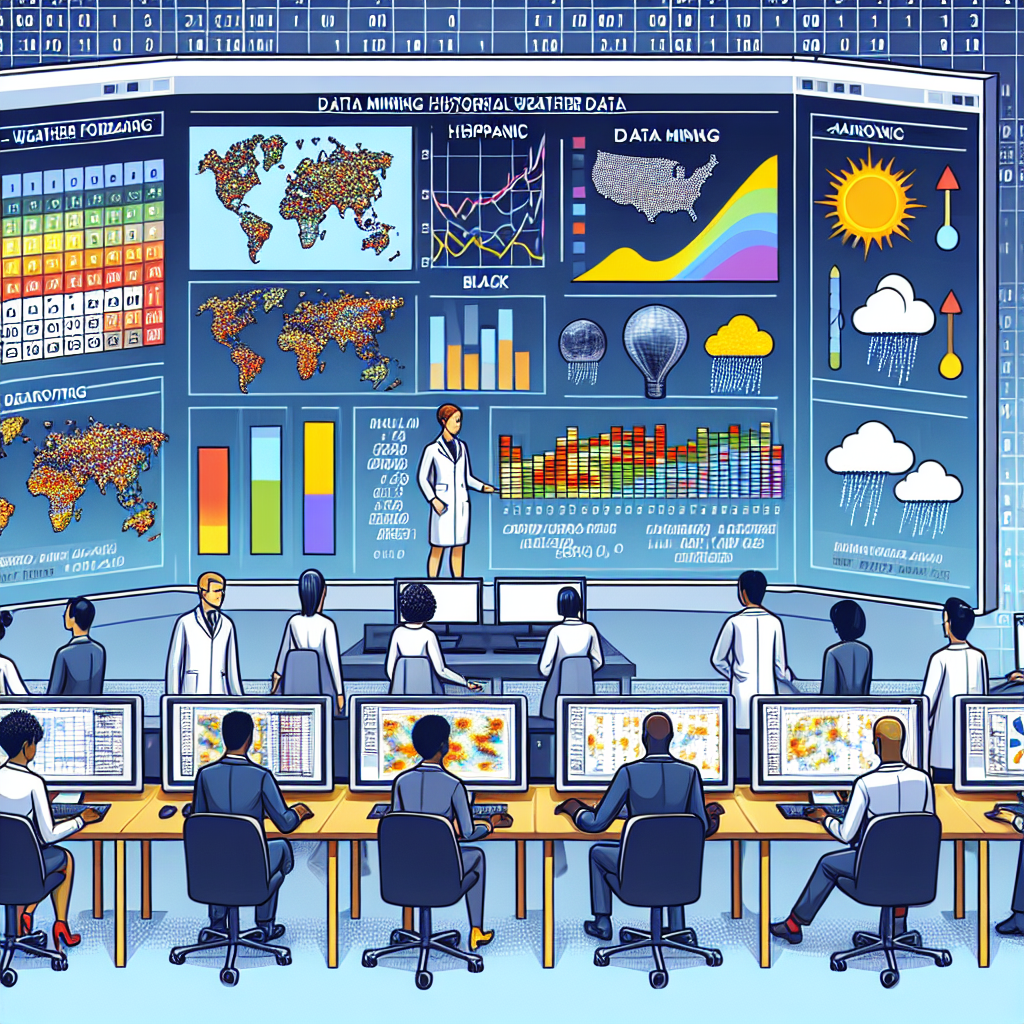Using data mining techniques to analyze historical weather data for more accurate weather forecasting.
Introduction
Weather forecasting plays a crucial role in various sectors such as agriculture, transportation, and disaster management. Accurate weather predictions help in making informed decisions and planning for the future. In this report, we will discuss the use of data mining techniques to forecast weather based on historical weather data.
Problem Statement
The existing weather forecasting systems rely on meteorological models that may not always accurately predict the weather. These models require complex computations and may not take into account all the relevant factors that influence weather patterns. As a result, the predictions may not be reliable, leading to unforeseen consequences.
Existing System
The current weather forecasting systems use numerical weather prediction models to forecast the weather. These models are based on physical equations that describe the atmospheric conditions. While these models have improved over the years, they still face challenges in accurately predicting the weather due to the complex nature of the atmosphere.
Disadvantages
One of the main disadvantages of the existing weather forecasting systems is their dependency on numerical models that may not capture all the nuances of the weather. This can lead to inaccuracies in the predictions, affecting the decisions made based on them. Moreover, these models require a large amount of computational power and resources, making them costly to maintain.
Proposed System
One proposed solution to improve weather forecasting is by using data mining techniques to analyze historical weather data. Data mining allows us to uncover patterns and trends in the data that may not be apparent through traditional methods. By leveraging machine learning algorithms, we can build predictive models that can forecast the weather with greater accuracy.
By incorporating historical weather data from various sources, such as weather stations, satellites, and weather sensors, we can train our models to recognize patterns and make predictions based on past trends. This can help in improving the accuracy of weather forecasts and providing more reliable information to stakeholders.
Conclusion
In conclusion, weather forecasting is essential for various applications, and improving its accuracy is crucial for making informed decisions. By leveraging data mining techniques to analyze historical weather data, we can enhance the accuracy of weather predictions and mitigate the limitations of the existing systems. Implementing a more data-driven approach to weather forecasting can lead to more reliable and timely predictions, benefiting society as a whole.

